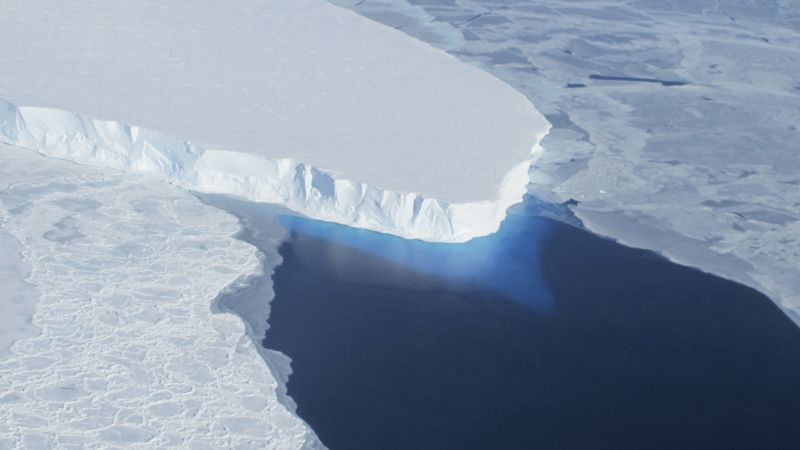Recently, researchers have identified the origin of an asteroid called Earth's “second moon”. Kamoolewa, reported Forbes. This celestial body, roughly the size of the Statue of Liberty, has attracted the attention of the scientific community and the general public due to its unusual relationship with our planet and its mysterious appearance.
Kamo'oalewa appears to have emerged from the moon, specifically from the crater Giordano Bruno, located on the far side of the Moon. This theory has been bolstered thanks to computer models that revealed how an asteroid impact against our world's natural satellite could have ejected the fragments that eventually formed the celestial body.
Ranging from 40 to 100 meters in diameter, Kamo'oalewa was discovered in 2016 and has fascinated astronomers for its strange behavior in space, orbiting the Sun in synchronous vibrations with Earth.
Unlike traditional natural satellites, Kamoolewa is classified as a Semi-satellite Because of the Earth, even as it revolves around the Sun, it seems to be in sync with our planet and a constant companion on our journey around the Sun.
This unique behavior makes it a fascinating object of study for scientists seeking to better understand the mechanisms behind the formation and evolution of such celestial bodies.
Interest in Kamo'oalewa does not stop at its lunar origin. China plans to send the Tianwen-2 spacecraft next year, the first mission to study an asteroid of this size. This effort will not only expand our knowledge of Kamo'oalewa, but also our knowledge of similarly sized asteroids that are common but poorly understood in our solar system.
Giordano Bruno Crater, the origin of Camo'Oleva, is located on the far side of the Moon, often mistakenly referred to as the “dark side”. However, this name is not technically correct because the Moon is tidally locked to the Earth, always presenting the same face towards us. As part of the natural dynamics of moonlight, the far side receives regular sunlight.
Kamo'oalewa represents an exciting crossroads in our space exploration and understanding of the universe. Their study promises to reveal more secrets about our own lunar system Dynamics and relationships between different bodies Celestial bodies in our solar system.

:quality(85)/cloudfront-us-east-1.images.arcpublishing.com/infobae/VYMZLY2LCVF7JLLP2QY5TOANM4.jpg)



